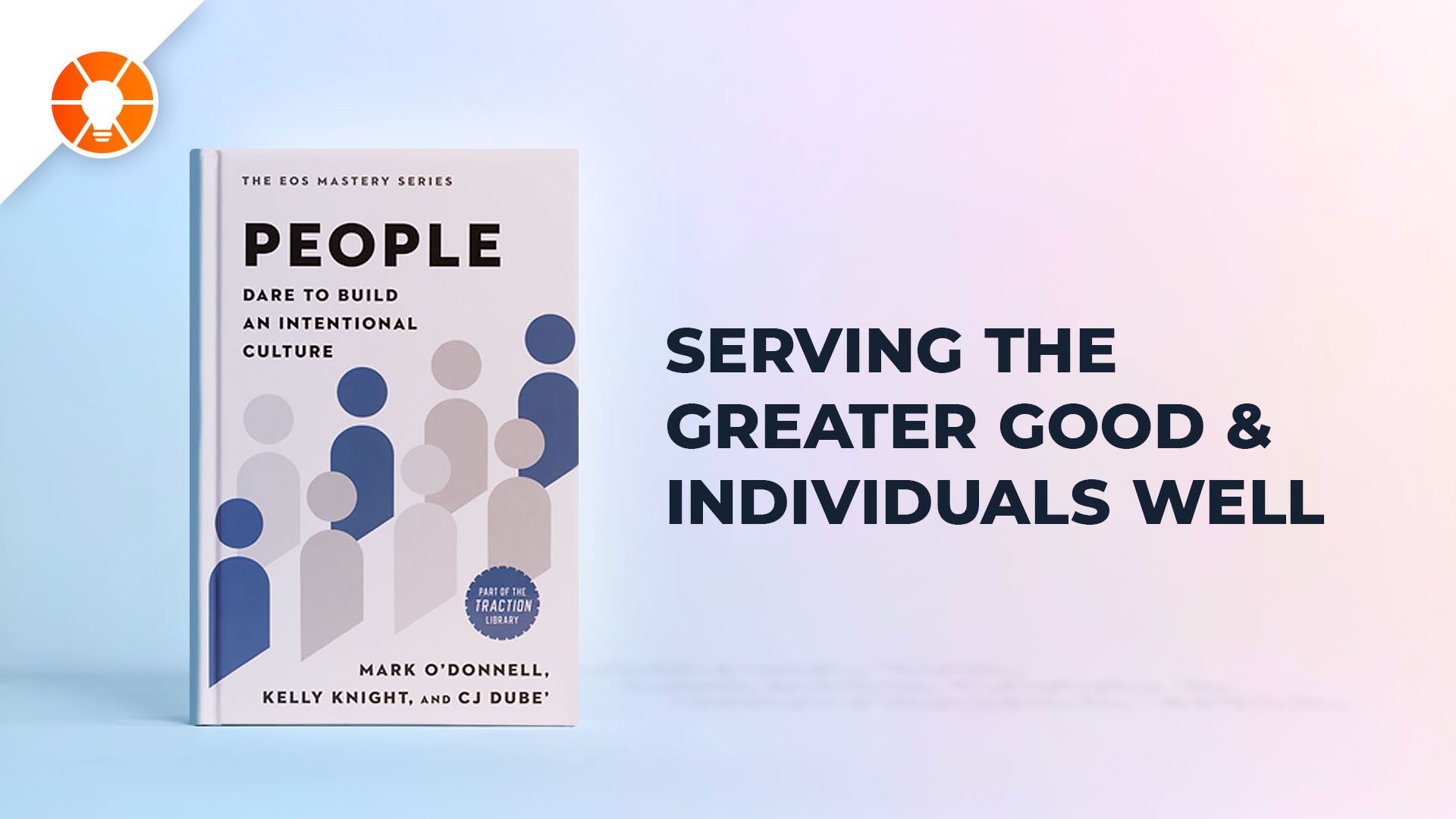
Early in the EOS® journey, we emphasize that becoming your best as a leadership team requires speaking the same language. This means agreeing on your company’s commonly used terms and what those terms mean. After hundreds of sessions with entrepreneurial leaders, I hear one term come up a lot: quality. But how do you define what quality means in your company? I show my clients how to use the EOS Tools to define quality for their business.
Defining Quality
Every business strives to deliver “quality” goods or services, but quality remains an elusive goal, hard as they try. I see this mainly because everyone has a different view of what quality means. Employees in sales, operations, and finance see success differently through the lens of their priorities and end up frustrated.
Quality becomes a moving target.
Of course, every industry has quality benchmarks for delivering products or services based on customer expectations and industry standards. Often it depends on what they think will satisfy any given customer (or employee) on a given day.
Without defining the specific requirements for satisfying the customer, companies often waste time and money vaguely trying to “please” customers. Yet the customers’ expectations may have never been aligned with the company’s industry niche and pricing.
Leaders of successful businesses have a simple, clear definition of quality:
Quality equals conformance to requirements.
It’s that simple.
Clarifying Quality with the EOS Tools
The EOS Tools offer a framework for teams to help clarify their requirements for both customers and employees:
- The Vision/Traction Organizer™ (V/TO™) helps teams define their:
- Core Values (cultural requirements)
- Core Focus™ (business model requirements)
- Marketing Strategy (the needs and expectations of their ideal customer)
- The Accountability Chart™: clearly states the roles and responsibilities each employee must fulfill to conform to the requirements of the job
- Rocks: quarterly accomplishments that departmental teams and individuals must complete to advance key company priorities
- The Scorecard: precise measurable requirements that the company and departmental teams must meet each week
- Measurables: specific requirements that each employee is accountable to in order to track toward company goals
- The Process Component™: the requirements for each step of a team’s unique processes that become shared by all for consistent execution via The 3-Step Process Documenter™
- The Quarterly Conversation™ (The 5-5-5™): the cadence for leaders and their reports to give reciprocal feedback on the requirements from each perspective
- The Level 10 Meeting™: a weekly cadence of requirements each leader must meet to solve issues by completing To-Dos
Companies running on EOS find that using these tools help them define conformance to requirements for every business activity. With the requirements defined, the business now has a shared understanding of standards across teams and departments.
Once you have clear standards and a common language for business operations, subjective opinions about “quality” disappear. Issues involving strategy, performance, and results become easier to solve.
You want to build a company that embraces quality in every dimension of your relationships with customers and employees. The EOS Tools will help you do that. An EOS Implementer® can get you using them quickly and effectively.







